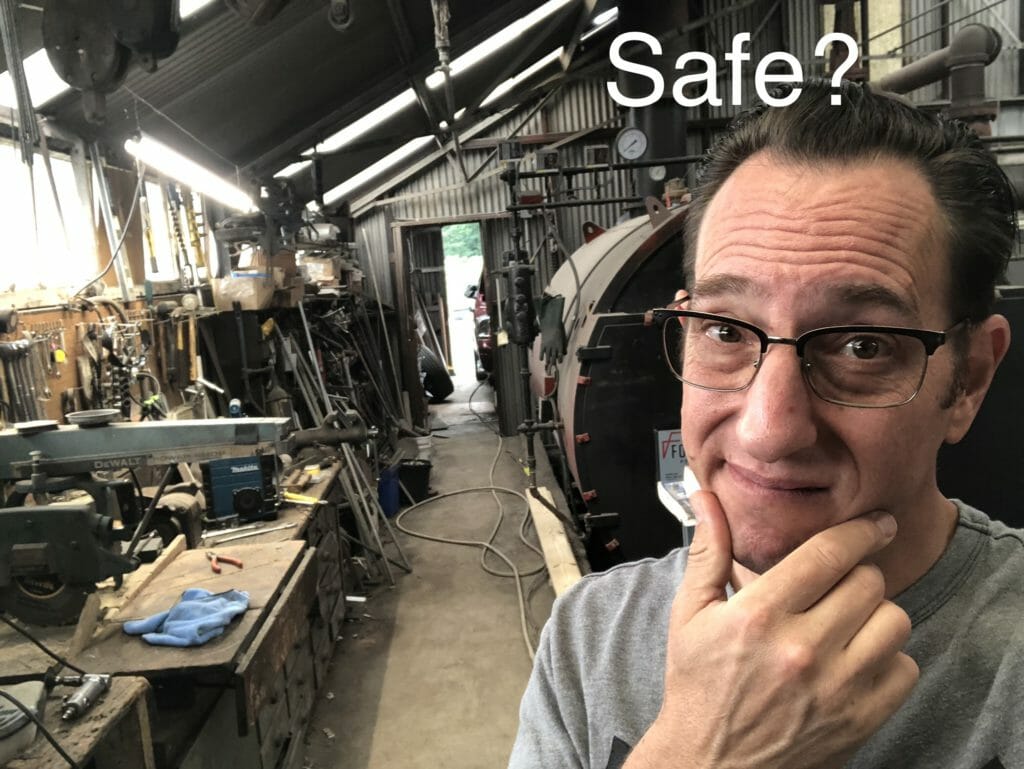Scene safety is more than CPR class lip service!
Scene Safety should be taken quite seriously! Safety is the first topic in all First Aid classes. Checking to make sure a scene is safe is important enough to be the first question on a BLS for Healthcare Provider CPR course test! Sure, it’s easy to breeze through provider safety topics in first aid classes, but that is a huge mistake. Dangerous scene situations injure and even kill countless first responders in the United States every year. Literally taking a second or two to check for scene safety is an easy topic to cover, an easy to take seriously and a topic that certainly saves lives.
No Judgment – Emergencies are Stressful!
In emergencies, it is quite easy for a responder to get caught up in the moment and rush right to the scene to help an injured or sick patient without situational awareness. Some responders are calm and have no problem staying that way during emergencies. Others find their adrenaline response quite intense. Shaking, sweating and lack of situational awareness is not uncommon when responding to an emergency. That sweat and those shakes are ok. That lack of situational awareness can and does lead to serious injuries and death for responders themselves. There is no judgement, everyone is different, everyone can and should take a second to simply make sure the scene is safe.
Take a breath – Pull it together – Make sure it’s safe
In any emergency, along with calling 911, the first thing to do is simply stop. A responder should take a breath, pull it together if necessary, and check the scene. The responder can determine, “is this safe for me to personally move forward to help?”. If the scene is safe, get on in there and do ones best to help. If the scene isn’t safe, just hang back and wait for the next level of care to arrive. A second serious injury is exponentially more complicated for EMS to handle. Needing a second ambulance is a loss for everyone.
In any emergency, start by taking a second to stop, take a breath and really make sure the scene is safe to proceed.


